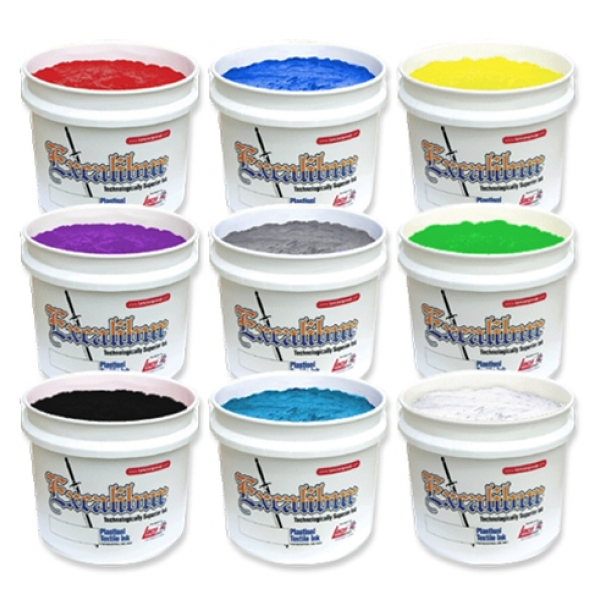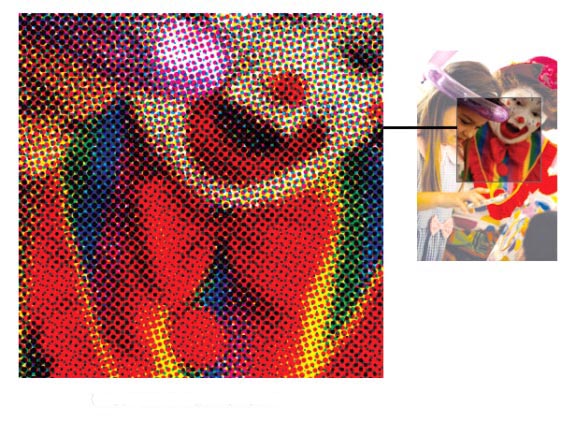

YRGBK 3 – Setting a new standard for color separation tools using Adobe Photoshop®
Halftones with separation studio free#
I hope you find this tutorial useful and feel free to contact me if you have any questions. In the video below I demonstrate the color adjustments made to create the poster separation settings used on the homepage video. Remembering how the settings interact is also helpful when making adjustments to the color channels. A change of 10% to 20% is often more then enough to produce the desired results. Making small, measured changes is the best approach. The default settings have been carefully calibrated over a large range of images and are a good place to start. These four sliders provide a lot of control over the output of a color separation but can have a profound effect over the results.


Occasionally an image will need more or less of a particular color, often the Yellow, so I will use the Color levels to improve the separation. In practice I will use the settings tabs Density and Saturation sliders for adjusting separations on the fly, while making adjustments to the color levels and Balance if I am creating a new color setting profile. This is helpful with images which require greater control over middle color values and can be used to adjust for dot gain or for increased color levels settings.

In the Color tab there are sliders for adjusting each color individually, as well as a slider labeled Balance. Using the Density and saturation sliders in this way allows adjustments to be made quickly and to be customized for each image. This is especially true when reproducing art with solid areas of color. This is helpful when printing graphics with bold, solid colors or when printing on textiles.įor Screen printing it is helpful to set your channels darkest values to as close to 100% as the ink color will allow. Start by increasing the Density until the brightest colors are fully saturated, then reduce the saturation to bring the mid values back in line. The two sliders can be used together to increase the amount of color printed in the most colorful areas of an image, while maintaining the proper amount of color in the mid-tones. This can be used to adjust for dot gain or to compensate for changes made to the color density.


 0 kommentar(er)
0 kommentar(er)
